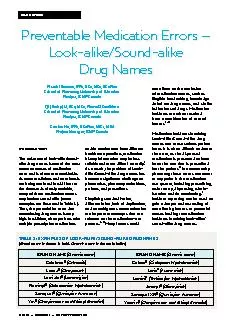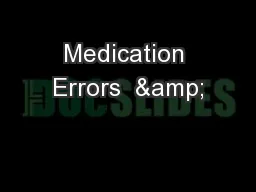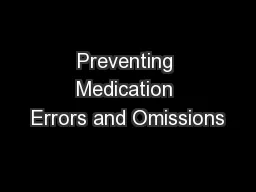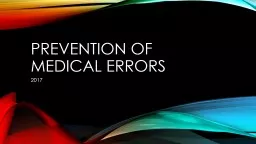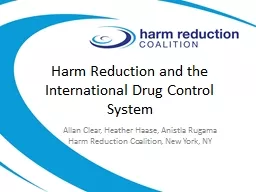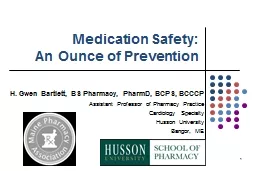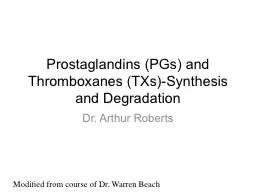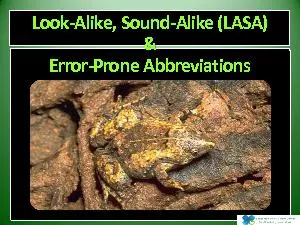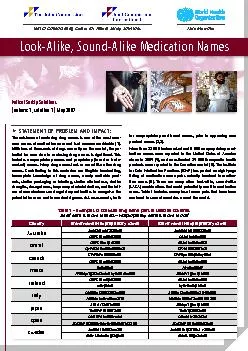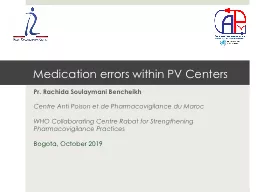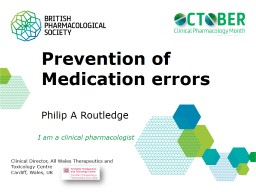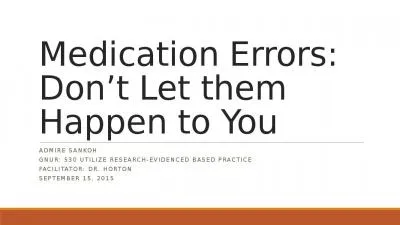PDF-PGE SPRING PHRMCY CONNECTION Preventable Medication Errors LookalikeSoundalike Drug
Author : sherrill-nordquist | Published Date : 2015-02-01
57374s more medicines and ne57375 brands are being marketed in addition to the thousands already available many of these medication names may look or sound alike
Presentation Embed Code
Download Presentation
Download Presentation The PPT/PDF document "PGE SPRING PHRMCY CONNECTION Prevent..." is the property of its rightful owner. Permission is granted to download and print the materials on this website for personal, non-commercial use only, and to display it on your personal computer provided you do not modify the materials and that you retain all copyright notices contained in the materials. By downloading content from our website, you accept the terms of this agreement.
PGE SPRING PHRMCY CONNECTION Preventable Medication Errors LookalikeSoundalike Drug: Transcript
Download Rules Of Document
"PGE SPRING PHRMCY CONNECTION Preventable Medication Errors LookalikeSoundalike Drug"The content belongs to its owner. You may download and print it for personal use, without modification, and keep all copyright notices. By downloading, you agree to these terms.
Related Documents

